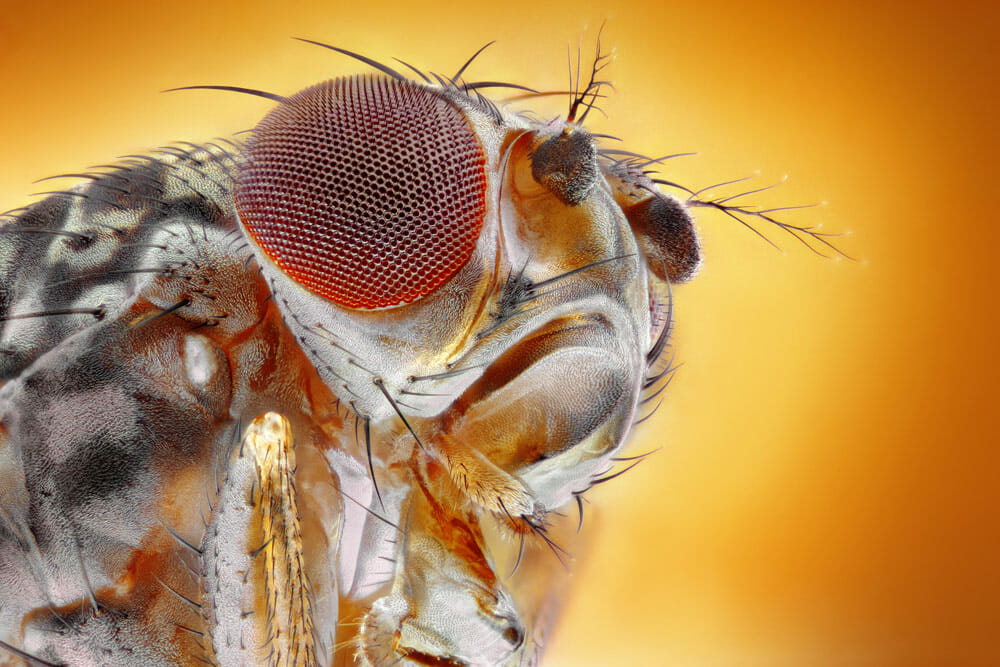 Most restaurant patrons and one time or another have had the unfortunate experience of swatting away a fly or gnat, or even seeing a cockroach crawling near their food. It is true that neither pest is a welcome sight in the food service industry, it may be a surprise to most to know that flies are twice as filthy.
Most restaurant patrons and one time or another have had the unfortunate experience of swatting away a fly or gnat, or even seeing a cockroach crawling near their food. It is true that neither pest is a welcome sight in the food service industry, it may be a surprise to most to know that flies are twice as filthy.
According to a recent survey, half of respondents reported seeing a pest, while visiting a restaurant within the last 12 months. Fly sightings were included in 95 percent of those responses and 75 percent of those sightings were not reported by patrons, due to flies not being considered a major issue.
Pathogens are spread quickly from potentially disease-laden garbage to exposed human food and utensils by flies. Each time a fly lands, it leaves behind thousands of germs that can lead to serious illnesses including diarrhea, food poisoning, meningitis and bloodstream infections.
Despite these health risks, a stunning 61% of restaurant patrons said they would continue consuming their meal after a fly had touched and contaminated their food, but only 3 percent would be willing to continue eating food on which a cockroach had crawled.
Since restaurant patrons are at a risk for exposure to serious disease transmission if flies enter the food preparation or dining areas, it is important for owners and operators to understand the health threats flies pose. This can help prevent transmission of dangerous disease and bacteria, along with protecting the reputation and bottom line of the restaurant. Working with a pest management professional to implement the following tactics will help keep flies from disturbing your diners and your business:
Inspection – Carefully inspect for flies on all food and related materials as they are off-loaded from trucks. Generally, fly eggs are too small to notice so any adult fly activity should be noted if spotted on incoming materials.
Exclusion– Using exclusion methods can help prevent flies from getting inside. Caulk any cracks or crevices around the exterior of your building, seal all doors and windows with weather stripping, and install correctly-fitting door sweeps. Additionally, avoid placing lights above doors as this can attract flies to the building and into entrances.
Sanitation– A complete sanitation program will help keep flies to a minimum by eliminating the food and water sources they need to survive. Proper sanitation methods also help to eliminate odors, which are a first attractant for many fly species.
Mechanical Control– Flies are attracted to certain wave lengths of light. Use wall-mounted Insect Light Traps (ILTs) as low to the floor as possible (below 5 feet) to catch house flies. Wall-mounted units can also be used for nighttime flying insects in areas where ceilings are no more than 8 to 10 feet. Position units near entrances with the light directed so it is not visible from the outside entrance.
Flies are never the problem, just symptoms of another problem. Being aware of what is going on in your establishment and being proactive are the keys to protecting it.


